Aeration & Overseeding: Breathing Life Into Lawns
With a passion for healthy lawns and a deep knowledge of horticulture, we provide comprehensive care that includes precise mowing, weed control, fertilization, and more. Whether you dream of a manicured front yard or a thriving backyard oasis, we have the expertise and experience to make it a reality.
ABOUT US
Your Company Name
Founded by John Doe, a visionary with years of experience in horticulture and landscaping, our company has blossomed into a trusted name in the industry. Our journey began with a simple desire to create and maintain beautiful lawns that captivate the senses, and it has since evolved into a mission to redefine outdoor living.
To learn more about Landscape click the button.
GREEN STRUCTURES WORK
Enthusiasm for nature's wonders, and they bring their unique talents to every project.
Green Structures
Green landscaping is just another term for sustainable or eco-friendly landscaping and involves creating landscapes and gardens that nurture nature; reduce air soil and water pollution, and help protect the surrounding ecosystem. Here are our top five eco-friendly tips for a lush and “green” landscape.
1. Go Native
Native plants are naturally better suited to our Pacific Northwest climate and soil conditions and have natural defenses against native pests. Indigenous or locally adapted plant species are better equipped to survive and thrive without fertilizers, pesticides or other chemical additives, requiring less maintenance and less water. Native plants are also better suited to protecting the natural eco-system, and support native wildlife, birds and pollinators. If you are uncertain how to achieve the landscape aesthetic you are after with native plants, our design teams offer years of experience and can help you with creative eco-friendly solutions.
2. Secondary to going native is to plant wisely. Get to know your yard and the different zones of sunlight and shade throughout the year, what type of soil you have and how well your soil tends to drain, then plant accordingly. Your landscape will thrive more readily with less care and water.
Consider planting perennials over annuals as they also typically require less water. Grasses are another water-smart choice and provide layering and visual interest to your landscape. Ground covers are another consideration as they can cover large areas, help reduce weeds, prevent erosion and stabilize sloping areas.
Avoid planting in the height of the dry or hot season when water use will be at its highest. Spring and fall are both excellent times to plant when there is no danger of frost, but the temperatures are still cool, and rainfall is plentiful.
3. Use Mulch
Mulch acts as a natural weed barrier, reduces moisture loss, reduces the spread of soil-borne pathogens and encourages the growth of beneficial microorganisms in the soil around your plants – all of which serve to enhance the health of your landscape, lower your maintenance and reduce the need for weed killers and pesticides. Healthy thriving plants are less susceptible to pests and disease. Mulch also minimizes soil erosion and moderates soil temperatures.
We recommend 2-3 inches of organic mulch spread evenly around and between plants. You should also add at least 2 inches of new mulch annually. This is a service we provide as part of our regular landscape maintenance care.
4. Amend the Soil
Healthy plants, including trees, shrubs, flowers, and your lawn, all need well-nourished soil that drains properly. Native plants may be well suited to their local environment, but this does not mean the condition of the soil is always optimal. In fact, it rarely is without a little help.
For a thriving, healthy landscape, your soil needs to provide essential nutrients like nitrogen to help leaf and stem growth; phosphorus which is vital to root growth; and potassium to enhance overall plant health. Amending your soil with organic fertilizer and compost will improve both the condition and the texture of the soil to help your plants get the nutrients they need.
Not sure what your soil needs or how to go about amending your soil? That’s ok, we can help. We offer a variety of services and natural solutions to improve and maintain the health of your landscape. Soil testing and amending are just two of the services we offer.
5. Be Water-Wise
One of the easiest things you can do to create a more environmentally-friendly landscape is to utilize an efficient irrigation system that will minimize water waste. Install a sprinkler system with gauges that can assess moisture and adjust as needed. Inspect your system regularly to ensure you don’t have leaks, that plants have not overgrown sprinkler heads, and that you are not needlessly watering sidewalks, driveways or the street. Little adjustments can make a huge difference. Installing a drip system is another efficient means for delivering water directly to your plants without wasting water. Residential irrigation is a specialty of ours and we would be happy to help you assess your water needs, design and install an optimal system for your yard, or simply inspect the irrigation system you may already have in place and make any necessary repairs.
6. Utilize Hardscapes
Hardscapes, like boulders, retaining walls, pavers, even gravel pathways, not only enhance your landscape with visual interest and functionality, but they offer eco-friendly solutions to landscape challenges and they don’t need watering, fertilizing or mowing. Hardscapes like walkways and patios also serve to reduce the size of your lawn, which in turn lowers your water use. Boulders and retaining walls help with soil erosion and stabilization of slopes and can create flat areas or terraces within a hillside or slope. Sustainable hardscaping materials like permeable pavers that allow water to seep into the ground; or salvaged, recycled materials can help lower your environmental impact and offer a more eco-friendly approach.
Spring is just around the corner, so now is the perfect time to assess your own yard and what you can do to create a lush and thriving, eco-friendly landscape.
We are passionate about beautiful yards, gardens, and landscapes and we are passionate about the environment. We also love providing natural and organic solutions and are here to help you with all of your landscape needs.
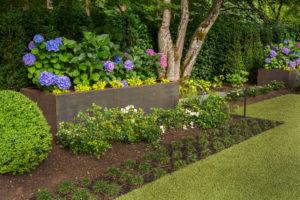
PROPER GARDEN CARE
From precision mowing to advanced pest control, soil enrichment,
Proper Garden Care
Prevention is the best defense. This applies in keeping your garden healthy to protect your plants from destructive diseases. Basic garden maintenance is imperative in ensuring that your plants, trees, soil, and flowers remain healthy all year round.
Follow these simple yet impactful ways to keep your garden in top shape and for it to add value to your property.
1. Water properly
Your garden needs water to thrive and survive. However, too much moisture can create a suitable environment for diseases to grow. Plant pathogens rely on water to reproduce. You can prevent plant diseases from invading your garden by performing watering techniques that minimize moisture levels.
Using drip irrigation and soaker houses is helpful in controlling moisture on your plants’ foliage. If you use a watering can, hold the leaves to water the roots directly.
Leaf problems can worsen when leaves are wet. It’s best to avoid overhead sprinkling to prevent leaves from getting smothered in water. If you must choose this watering method, pick a time when the leaves can dry instantly and the roots can have ample time to absorb the water. By doing so, you also minimize the risk of fungal growth in the soil which can cause the roots to rot and suffocate.
2. Keep an eye out for bugs!
Insects can cause more damage to plants than what is visible to the eye. As a bug eats off a plant, it can create an opening that becomes an entryway for viruses and bacteria. Some insects are carriers of viruses and transmit diseases from one plant to another.
One of the most common carriers of viruses is aphids. Thrips (tiny winged insects that suck plant sap) are also known for spreading the plant life-threatening virus called impatiens necrotic spot virus. When left unaddressed, viruses can stress out plants until they wilt and die.
Keep your trees, plants, and shrubs free from pest infestation. By employing strict prevention measures from the get-go, you can save dollars on costly pest removal solutions later on.
3. Use the appropriate fertilizer
Want to ramp up the growth of your plants? Applying fertilizers is an effective way to achieve that. Just make sure to choose the right fertilizer and apply it in proper amounts. There is such a thing as over-fertilizing plants, and this can lead to root burns.
Root burns reduce the roots’ capacity to absorb water. In effect, the plant becomes more prone to stress, heat, and cold. So in essence, excess amounts of a certain nutrient can be harmful to a plant’s health.
You can determine which nutrients your plants need (including the correct amounts) by conducting a soil test. This prevents you from giving too much of one nutrient and less of another.
It also helps to check your plant’s appearance to know if it’s necessary to fertilize them. Below are some symptoms to spot:
Light green or yellow leaves
Leaves smaller than normal
Fewer leaves and/or flowers than normal
Leaves with dead spots
Wilting of foliage
Short, annual twig growth
Dying back of branches at the tips
4. Choose disease-resistant plants
These plant varieties have a defense mechanism against the attacks of insects and diseases. Some plants can survive a pest problem by growing out a new root or shoot. Others produce chemicals that reduce insect feeding.
For example, there are tomato varieties that are resistant to “VFN,” which means they can fight off damage caused by fungi (e.g. Verticillium and Fusarium) and nematodes.
Garden designers and tree nursery staff can assist you in identifying disease-resistant plants. You can also refer to gardening books that may have a list of plants that have resistance to specific insects and diseases.
5. Plant on the right site
Where you grow your plant is as important as your choice of the plant variety. For instance, azaleas grow well in shaded areas. Plant it in a sunny zone and it will become susceptible to insects and diseases.
Plants also have an immune system that kicks into high gear when they are put under unfavorable conditions. When stressed out, plants are not able to fight off or recover from infections.
6. Maintain distance between plants.
Avoid crowding plants and ensure that established plants have enough space to spread. It’s important to improve airflow in your garden to prevent the buildup of humidity which causes diseases like rust and mildew.
In addition, plants that are too close to each other may not grow well. This is due to competition for water, light, and nutrients. Diseases can also spread easily when plants are placed closely together. Besides maintaining distance, cut off old or damaged stalks to reduce the risk of disease.
7. Clean up during the fall.
Garden maintenance is a must all throughout the year, but it is particularly helpful to clean the garden in the fall. Doing so wards off chances of diseases and it is a way to manage existing diseases plaguing a garden.
Dead leaves can become a haven for diseases. Black spots, leaf spots, and leaf streaks are just a few of the diseases that can be minimized if dead leaves are removed and disposed of during the fall.
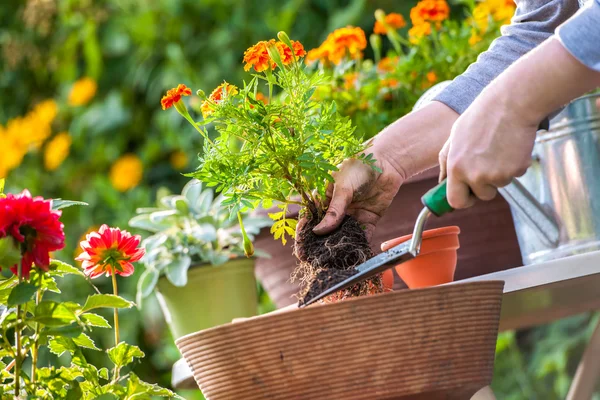
WATERING YOUR GARDEN
Difference of a lawn cared for by passionate experts who treat your outdoor space
Watering Your Garden
Watering Plants and Lawns Efficiently
1. When is the Best Time to Water Plants?
DO water early in the morning when sunlight is weakest, the ground is coolest and foliage will have hours to dry before nightfall. Aim for between 5 a.m. and 10 a.m.
DON’T water in the evening when soil is warm and wet foliage can attract insects, fungus and disease.
2. How Often Should You Water Plants?
DO water deeply and at fewer intervals so that you reach roots, the part of the plant that needs the nutrients, sugars and hormones contained in water. Soaking the soil to a depth of 5 to 6 inches encourages plants to grow deeper roots, which in the long run will make for a healthier garden.
DON’T water lightly and often, which promotes shallow root growth. (One of the worst watering crimes you can commit is to dash outside after work every evening and sprinkle the lawn for 10 minutes.)
3. ?What's the Most Efficient Way to Water Plants?
DO direct water at the base of a plant and avoid wetting foliage, which invites fungus. Also, you'll lose less water to evaporation and, since you're applying water directly to the root zone, the water will be readily available to the plant roots.
DON’T water from overhead. Depending on the size of the plant, the water may never actually hit the ground because the foliage may overshadow the plant’s base.
4. How Long Should I Water My Lawn?
DO give lawns an inch of water per week during dry spells which, with a sprinkler, takes about 90 minutes to deliver to one area. If you don’t have a water gauge, set out an empty tuna fish can. When it’s full, you’re done!
DON’T water a lawn more or less than what's needed because the amount affects root growth — the foundation of a healthy, beautiful lawn.
5. What's the Best Way to Use a Sprinkler?
DO use irrigation systems with fixtures close to the ground. If using a sprinkler, opt for small sprinklers that allow you to change water delivery patterns or, for large areas, use a pulsating, revolving sprinkler that shoots water out horizontally at a high speed that overcomes loss due to evaporation or wind.
DON’T use sprinklers that spray vast amounts of water into the air, most of which evaporates before it ever hits the ground. Avoid watering on windy days as well.
6. How Much Water Do Shrubs and Trees Need?
DO give trees and shrubs — especially newly planted ones — direct watering every 7 to 10 days.
DON’T rely on sprinklers and irrigation systems to reach the bases of trees and shrubs.
7. Soaker Hose or Sprinkler?
DO use soaker hoses to water vegetable gardens. Again, hit the ground, not the plant.
DON’T use overhead sprinklers in vegetable gardens. More water is lost to evaporation than is absorbed by the soil.
8. What Type of Hose Nozzle Should I Use to Water Flowers?DO use a watering wand to water annuals and perennials, both in ground and containers.
DON’T use a hose and nozzle which casts a wide spray that wets the foliage and not always the ground.
9. How Often Should You Water Potted Plants?
DO water container gardens regularly, typically once a day during hot, dry spells. Stick your finger in the soil. If it feels dry all the way to your second knuckle, it’s time to water.
DON’T think that container gardens need watering only when everything else does. Pots hold heat, so the confined soil dries out faster than garden soil does.
10. How Does Mulch Help Plants?
DO mulch beds and containers with several inches of composted material, which cools soil, retains moisture and helps deter weeds.
DON’T water un-mulched soil. The force of the water can spatter plants with moist soil and cause runoff.
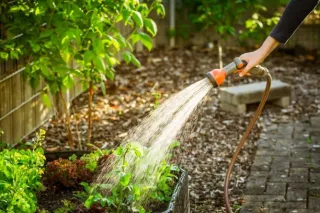
Services
Offering a comprehensive range of top-notch lawn care services designed to elevate the health, appearance, and vitality of your outdoor space.
Lawn Mowing
Experience the joy of a perfectly manicured lawn with our top-notch lawn mowing services. We take pride in exceeding customer expectations by meticulously tending to every blade of grass. Revel in the beauty of your outdoor space while enjoying the peace of mind that comes with our commitment to customer satisfaction. Your dream lawn is just a mow away!
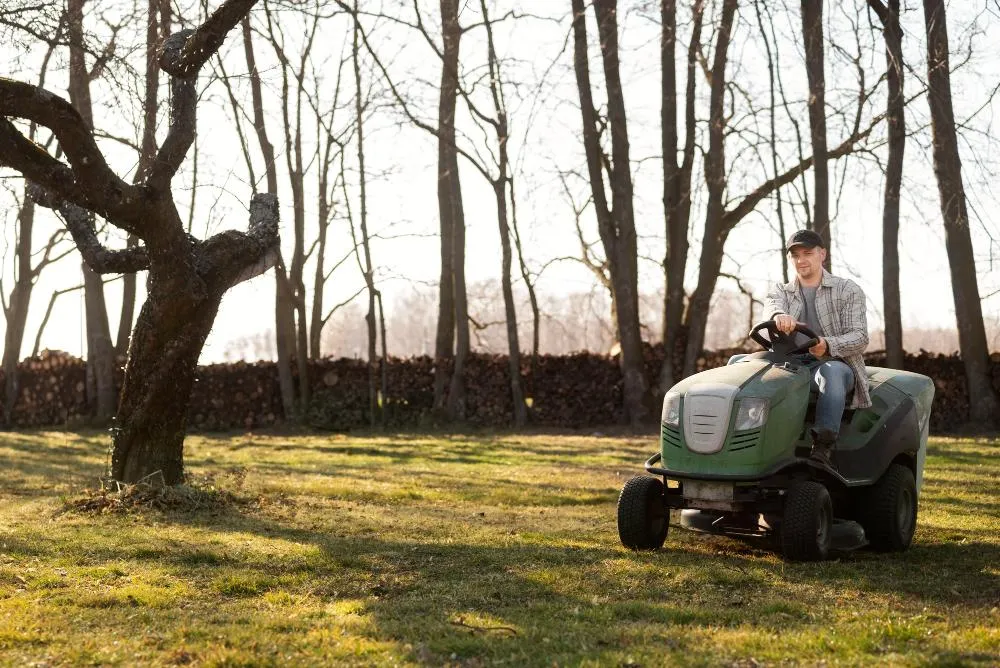
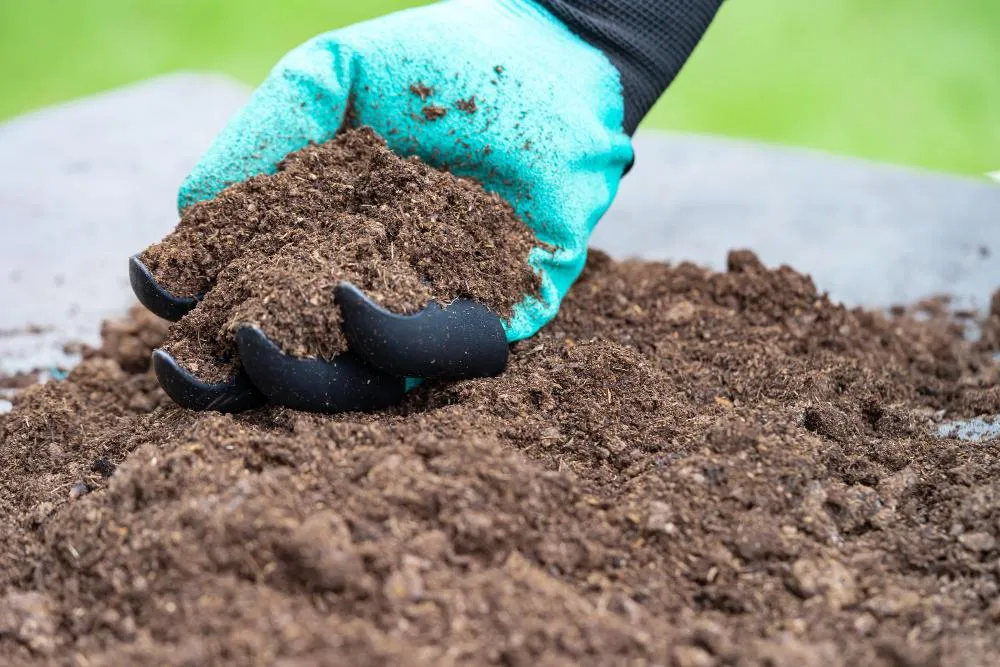
Lawn Fertilization
Unveil the true potential of your lawn with our premier fertilization services. We understand that a lush and vibrant lawn is your pride, which is why we go the extra mile to ensure your satisfaction. Our tailored fertilization approach guarantees a healthy and thriving landscape, leaving you delighted with the results. Experience the transformation and nurture your lawn with us today!
Weed Control
Say goodbye to pesky weeds and hello to a flawless lawn with our exceptional weed control solutions. We share your passion for a weed-free paradise and are dedicated to your contentment. Our proven methods target weeds at the root, ensuring they never disrupt your lawn's perfection again. Join us in cultivating a weed-free haven that leaves you smiling from ear to ear!
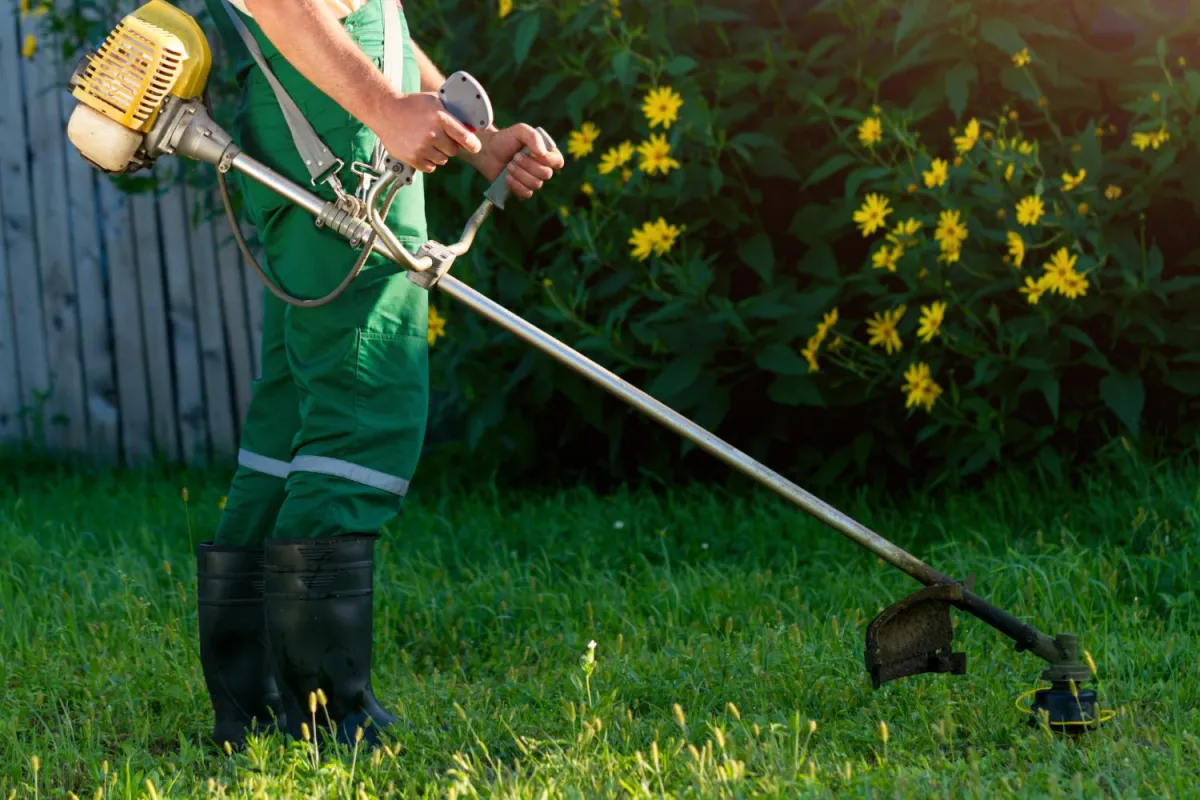

Landscape Design
Elevate your surroundings with our visionary landscape design services that prioritize your utmost satisfaction. Our team is dedicated to turning your outdoor space into a masterpiece, reflecting your unique preferences and style. With a commitment to excellence, we craft awe-inspiring landscapes that leave our customers delighted and inspired. Embark on a journey to transform your outdoor dreams into reality with our unrivaled expertise!
TESTIMONIALS

John Doe
"Planting seeds in soil became my daily ritual. It's therapeutic, and as I watched those seeds grow, I realized I was growing too - towards a healthier me. Thanks for this unique and nurturing approach!"

John Doe
"Mowing the lawn was never just a chore with this service. It's like a workout I look forward to, and it's improved my fitness. A well-kept yard and a fitter me – what's not to love? Highly recommended!"
Our Team

Jane Doe
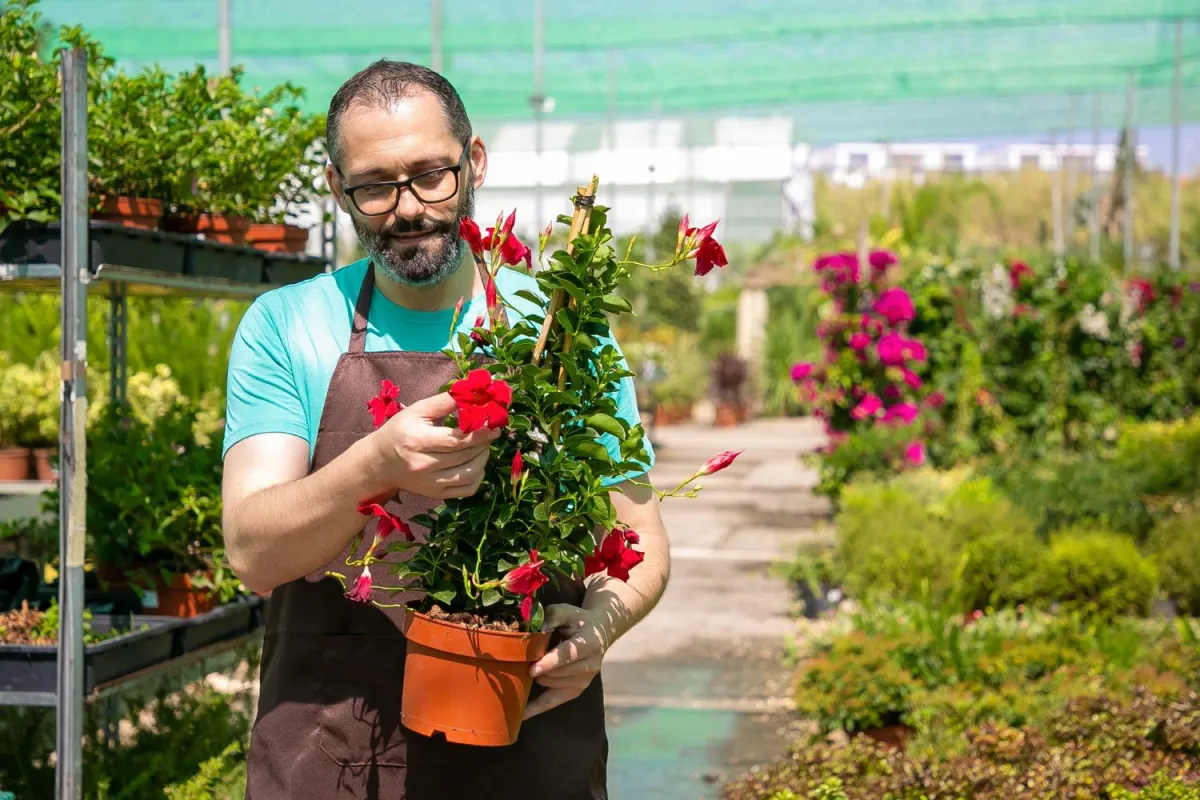
John Doe
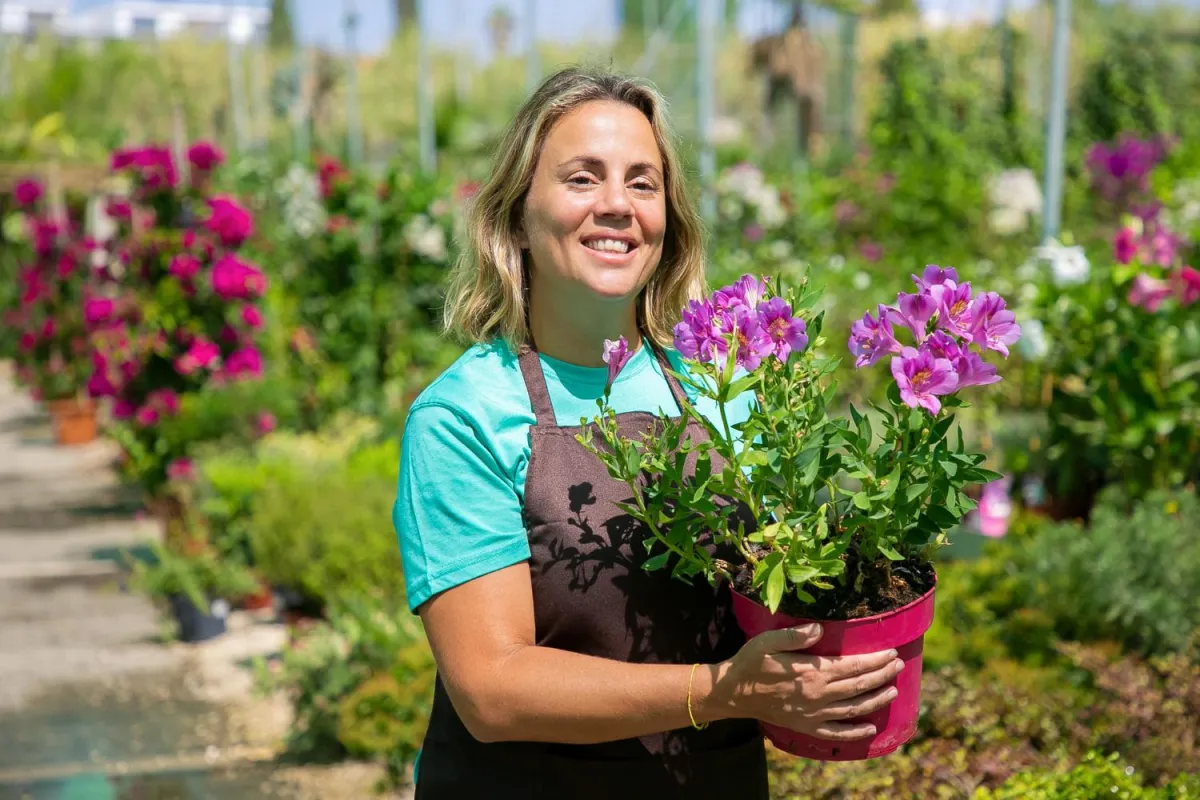
Jane Doe
FAQS
How often should I mow my lawn?
A1: The frequency of lawn mowing depends on several factors like grass type, season, and desired lawn height. Typically, during the growing season, mowing every 1-2 weeks is recommended. In hot weather, you may need to mow less frequently, while in cooler seasons, you can mow less often.
What's the benefit of lawn aeration and overseeding?
Aeration allows air, water, and nutrients to penetrate the soil, promoting healthier root growth and overall lawn health. Overseeding introduces new grass seed to thicken your lawn, improving its appearance and resilience. Together, they rejuvenate your lawn, making it more resistant to weeds and disease.
How can I ensure an eco-friendly lawn care service?
To ensure eco-friendly lawn care, ask your provider about their practices. Look for companies that use organic or low-impact fertilizers, minimize pesticide usage, and promote sustainable lawn care practices. Regular soil testing and custom treatment plans can also reduce the need for excessive chemicals while maintaining a vibrant lawn.


